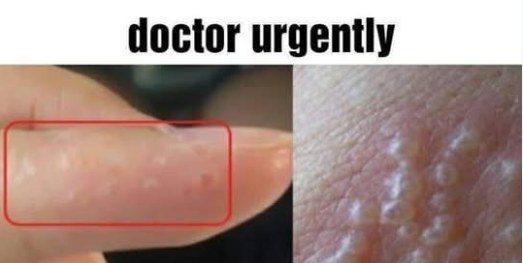As the seasons change, many people experience a flare-up of skin conditions, including dyshidrotic eczema. This chronic skin condition is characterized by small, itchy blisters that can appear on the hands and feet. While there is no cure for dyshidrotic eczema, it is manageable with the right treatment and self-care.
Eczema, also known as dermatitis, is a group of diseases that cause skin inflammation. According to statistics, approximately 35 million people in the United States suffer from eczema, with 70% of cases affecting children under the age of five. During a flare-up, the skin becomes red, itchy, and swollen, with fluid-filled bumps that may ooze and crust.
Dyshidrotic eczema is a specific type of eczema that affects the palms, fingers, and soles of the feet. It is marked by small, deep-seated vesicles that eventually resolve with scaling after a few weeks. While the exact terminology and definitions may vary, dyshidrotic eczema is also referred to as pompholyx, acute and recurrent vesicular hand dermatitis, and cheiropompholyx.
Before starting treatment, it is essential to receive a proper diagnosis from a healthcare professional. Some common symptoms of dyshidrotic eczema include deep-set blisters, itching, redness, flaking, scaly skin, and pain. People with contact dermatitis, atopic eczema, or hay fever are at a higher risk of developing dyshidrotic eczema.
While there is no cure for dyshidrotic eczema, various treatment options are available. Conventional treatments include corticosteroid creams or ointments, UV light treatments, draining large blisters, antihistamines, and immune-suppressing ointments. Natural remedies, such as cold compresses, aloe vera, and oatmeal, can also help soothe and manage the condition.
In addition to these treatments, maintaining clean and moisturized skin is crucial for managing eczema. By understanding the symptoms, causes, and treatment options for dyshidrotic eczema, individuals can take control of their condition and find relief from the discomfort and pain it causes.


